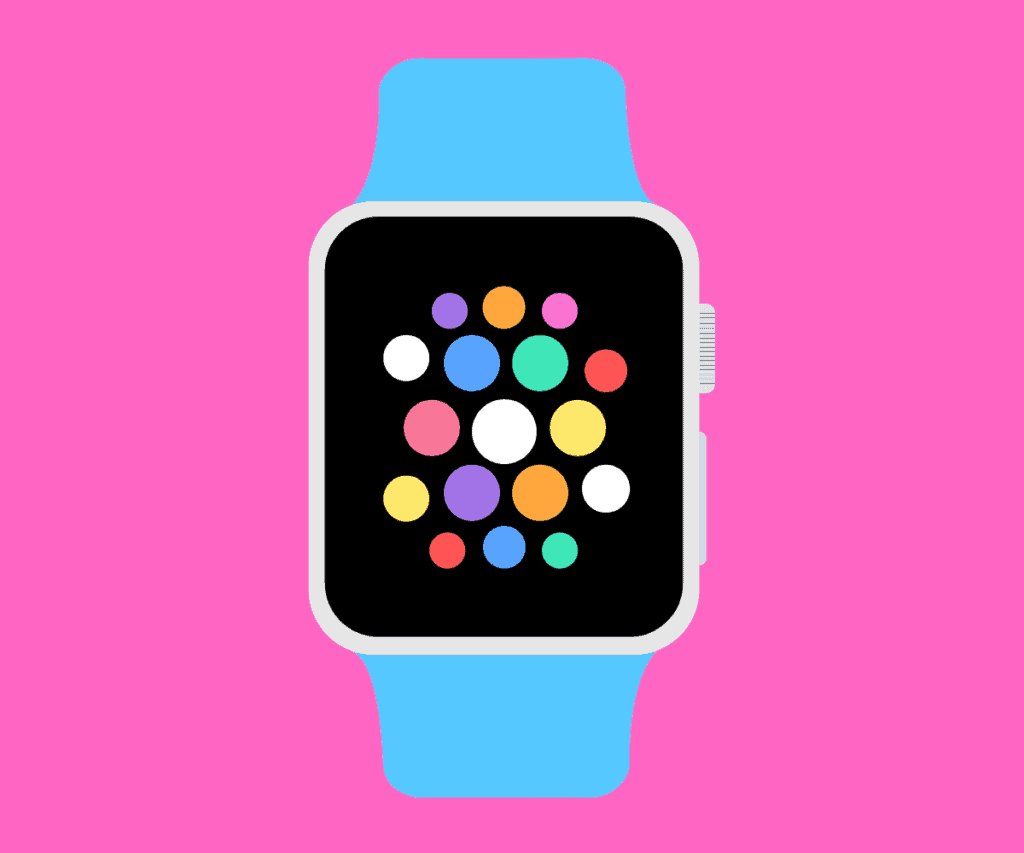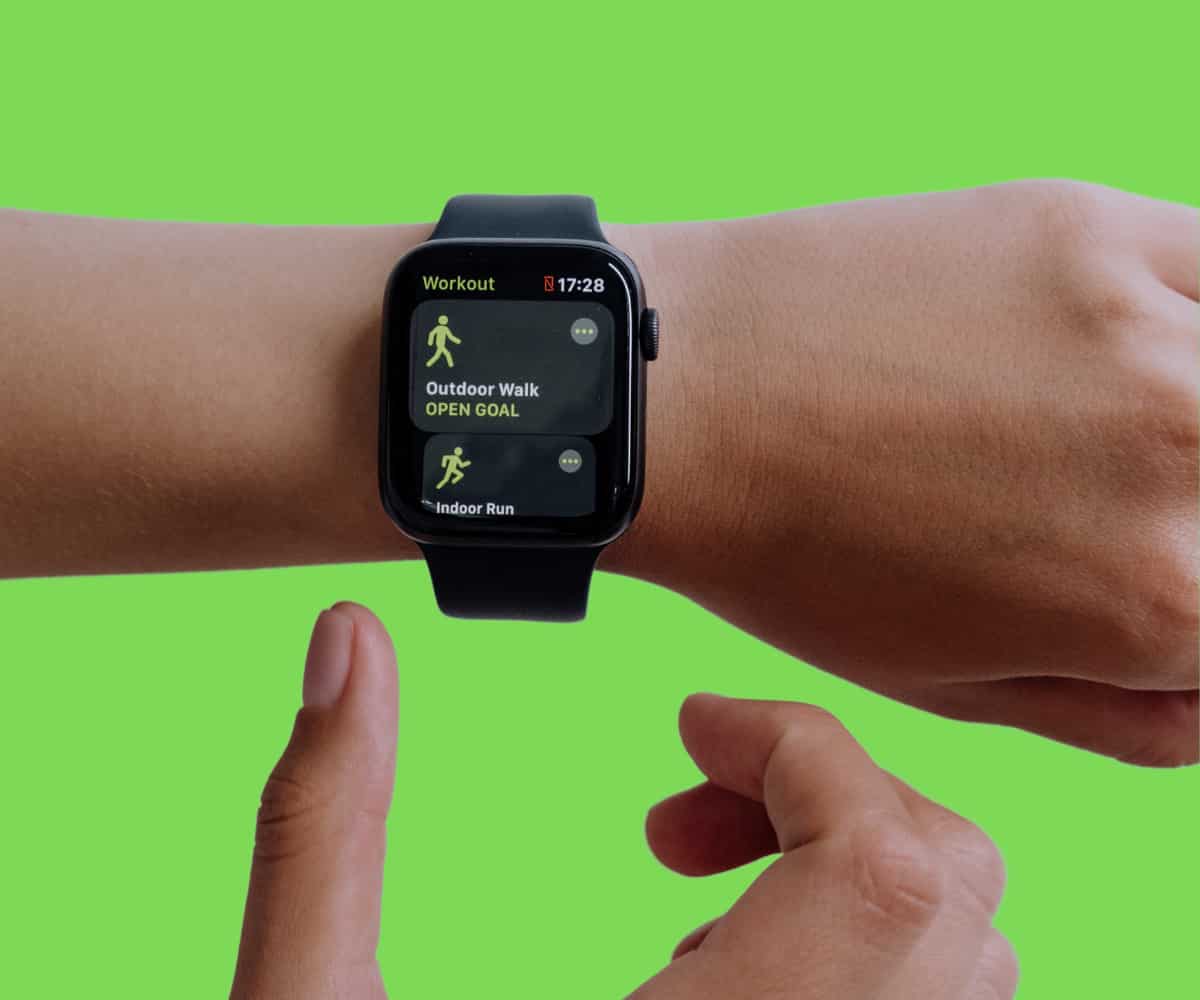Should you buy the Apple Watch Series 2 in 2021 or are you better off with a newer model? Let’s investigate the PROS and CONS…
The Apple Watch is the most popular wearable on the planet by quite a margin. The dominance of the Apple Watch has forced Google and Samsung (and FitBit) to join forces on the new Wear OS.
Apple Watch is a big deal, basically – both financially for Apple and in terms of its functions and usability for those that choose to wear one.
Now in its 7th generation, Apple Watch has developed massively since the first-generation Apple Watch debuted way back in 2015, adding in new features and abilities, more power, and better battery life, as well as things like LTE connectivity.
The Apple Watch Series 2 can now be had for very little money, however, making it a very attractive option for anyone that wants to pick up an Apple Watch for not much money. But is it worth a buy in 2021?
Is The Apple Watch Series 2 Worth It In 2021?
As always, it depends. You can still use the iPhone 8 Plus or a 2018 iPad in 2021 and they’ll work fine.
Most of the time, it just depends on what you want to do with the device.
As with older iPhones, however, there are caveats when it comes to buying an older Apple Watch model like the Apple Watch Series 2. Let’s get the CONS out of the way first, shall we?
CONS – Downsides To Buying Apple Watch Series 2

No LTE Connectivity
One of the biggest potential issues with the Apple Watch Series 2 is that it does not support LTE connectivity. This means you have to use your iPhone’s internet connection to power it.
If you don’t have your iPhone nearby and paired, the Apple Watch will not be able to connect to the internet or run its apps properly.
Most people take their iPhones everywhere with them, so this isn’t too much of an issue. But if you like to run without your phone, for instance, this is definitely something to keep in mind.
Small Display
The Apple Watch Series 2 has a smaller display than Apple’s later models. The Apple Watch Series 2 has a 1.65in display, whereas the Apple Watch Series 6 has a 1.78in display.
The Apple Watch Series 2, however, does run 3D Touch, something Apple’s new Apple Watch models do not have. I really like 3D Touch, so this is definitely a plus for me.
However, that extra screen size on Apple’s new Apple Watch models does make using the Apple Watch easier – especially while on the move and exercising. In all other settings, you’ll hardly notice the difference.
No SP02 Sensor
The Apple Watch Series 2 does not have blood oxygen measuring functionality, a feature that is now common on all modern Apple Watch models.
Is this is a deal breaker? Not entirely. But it is a nice feature to have, especially if you’re conscious about keeping tabs on your health. Decreased blood oxygen levels can be indicators that something isn’t quite right, so it is a handy metric to have to hand.
No Cadence Sensor
A cadence sensor is a great tool you can use to see how many steps you’re taking minute when running – or walking. Most elite runners get up to around 180 steps per minute when racing.
Most wearables now track your cadence as standard. But the Apple Watch Series 2 does not. This is a big negative for me, as I run quite a bit and I need to know my cadence.
If you’re not a runner, this isn’t a big deal. But if you are into exercising and, more specifically, running and training for races, you’ll want to avoid the Apple Watch Series 2 and go for a later model like the Apple Watch Series 4 or Apple Watch Series 5.
PROS – Why You Should Buy An Apple Watch Series 2

That’s the bad stuff out of the way, now let’s turn to the positives – the reasons why you SHOULD buy the Apple Watch Series 2 in 2021.
The Price – It’s Now Cheap
Apple Watch is expensive. If you go for the latest model, you’re looking at the best part of £700 for a new model.
Go with an older model like the Apple Watch Series 2, however, and you’ll pay considerably less.
How much? You can pick up the Apple Watch Series 2 for around £79 – this is for a refurbished unit, however, but it will look and function as good as new.
Because of the age of the Apple Watch Series 2, you can no longer buy one new via Apple or most retailers – they focus on the newer models. But Amazon’s Renewed program has some excellent deals for older Apple Watch models.
Fitness Tracking
All of Apple’s Watch devices come with great fitness tracking abilities. With an Apple Watch, you can track your runs, monitor your heart rate, and keep tabs on your sleep, and much more besides.
The Apple Watch Series 2 does lack an SP02 sensor and a cadence sensor, so if you need these for things like running just go with the Apple Watch Series 4 – it’s more expensive but well worth the extra.
Apple’s watchOS is constantly evolving too, and the Apple Watch Series 2 is still very much eligible for security patches. It no longer gets watchOS updates, but Apple still looks after its security features.
Once you have an Apple Watch, you can then view all of your health and fitness metrics inside Apple’s Health app on your iPhone, iPad, and Mac computer.
From here, you can analyse your progress and see where you can make adjustments and improvements. Apple’s fitness and health tracking software is beautifully designed and it looks and works beautifully.
Design Still Looks Great
Because Apple hasn’t really touched the actual design of Apple Watch since it first launched in 2015, there isn’t really any difference in how the Apple Watch Series 2 looks compared to a newer model like the Apple Watch Series 5.
There are differences, of course, but they’re slight: newer Apple Watch models have slightly bigger displays, are thinner, weigh less.
For the most part, however, or from a distance of a couple of feet, you would not be able to tell the difference between an Apple Watch Series 2 and an Apple Watch Series 4.
They just look like Apple Watches.
Lots of Power
Wearables do not require lots of power under the hood to do what they do, and while Apple has bulked up the Apple Watch’s performance in recent years, most users will be fine with the Apple Watch Series 2.
You have 8GB of storage and 512MB of RAM inside the Apple Watch Series 2. The watch itself is powered by a 780MHz Cortex A7 chipset.
Compared to the Apple Watch Series 6, the Apple Watch Series 2 is grossly underpowered.
But for basic tasks and for general usage, this isn’t too much of a problem. No one uses their Apple Watch to do anything particularly demanding.
If you want snappier performance but still want to save some money, go with the Apple Watch Series 4 – it has around 3x the power of the Apple Watch Series 2 and it retails for just a smidge over $200.
The Apple Watch Series 2 Has GPS
If you want to track your runs, you need GPS. The Apple Watch Series 2 ships with GPS built into it, so you can use Apple Watch for maps, for tracking your running and/or cycling, and for locating points of interest.
Works Seamlessly With iPhone
Obviously, the Apple Watch Series 2 is designed with iPhone in mind. watchOS and iOS play together beautifully; this is the major pull of the Apple Watch, really. If you have an iPhone, the Apple Watch is the only wearable you’ll ever need.
If you’re a serious athlete – or aspiring athlete – you might be better off with a Polar or Garmin smartwatch. They are more expensive in some cases but they do pack in more advanced tracking and exercise features.
Even then, though, quite a few professional athletes use Apple Watch to track and monitor their fitness and training, so I’m sure 99.9% of people would be fine doing the same – especially if you run or cycle.
Conclusion
The Apple Watch Series 2 is still definitely worth a buy in 2021 if you’re looking for a really cheap Apple Watch option that is still functional.
The Apple Watch Series 2 does have LTE nor an SP02 sensor or a cadence sensor. But it does have some very good fitness and health tracking features and functions.
You will still get security updates from Apple, but the Apple Watch Series 2 no longer gets watchOS updates – its last update was watchOS 6.2.8.
My advice? If you just want an Apple Watch and you don’t care about fitness stuff, go with the Apple Watch Series 2. It’ll work great. If you care about fitness and getting the latest software updates, go with the Apple Watch Series 4.
The Apple Watch Series 4 is still relatively inexpensive (less than $200) compared to Apple’s newer models and it also packs in loads of features and specs missing on the Apple Watch Series 2 – things like LTE, SP02 sensor, a cadence sensor, and much more besides.
Check out how to share your Apple Watch face! Also, check out how to download new watch faces for Apple Watch! And check out how to use the Apple Watch’s handwashing feature!


